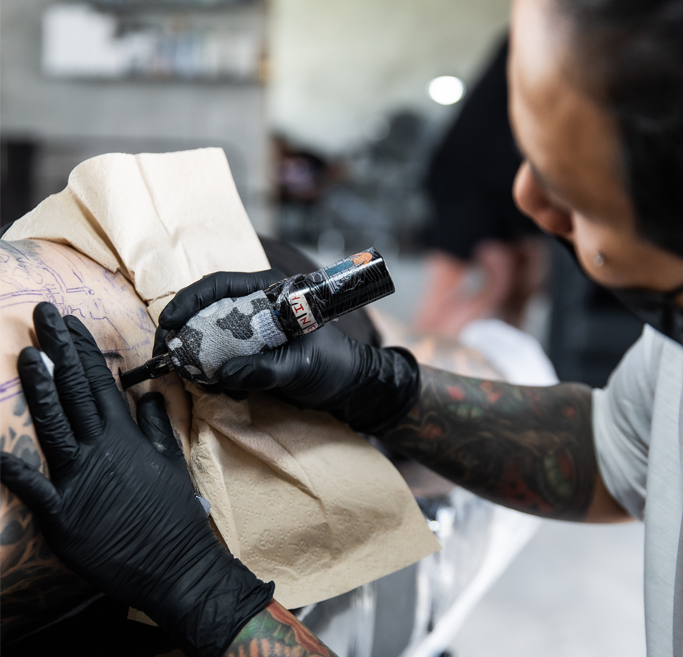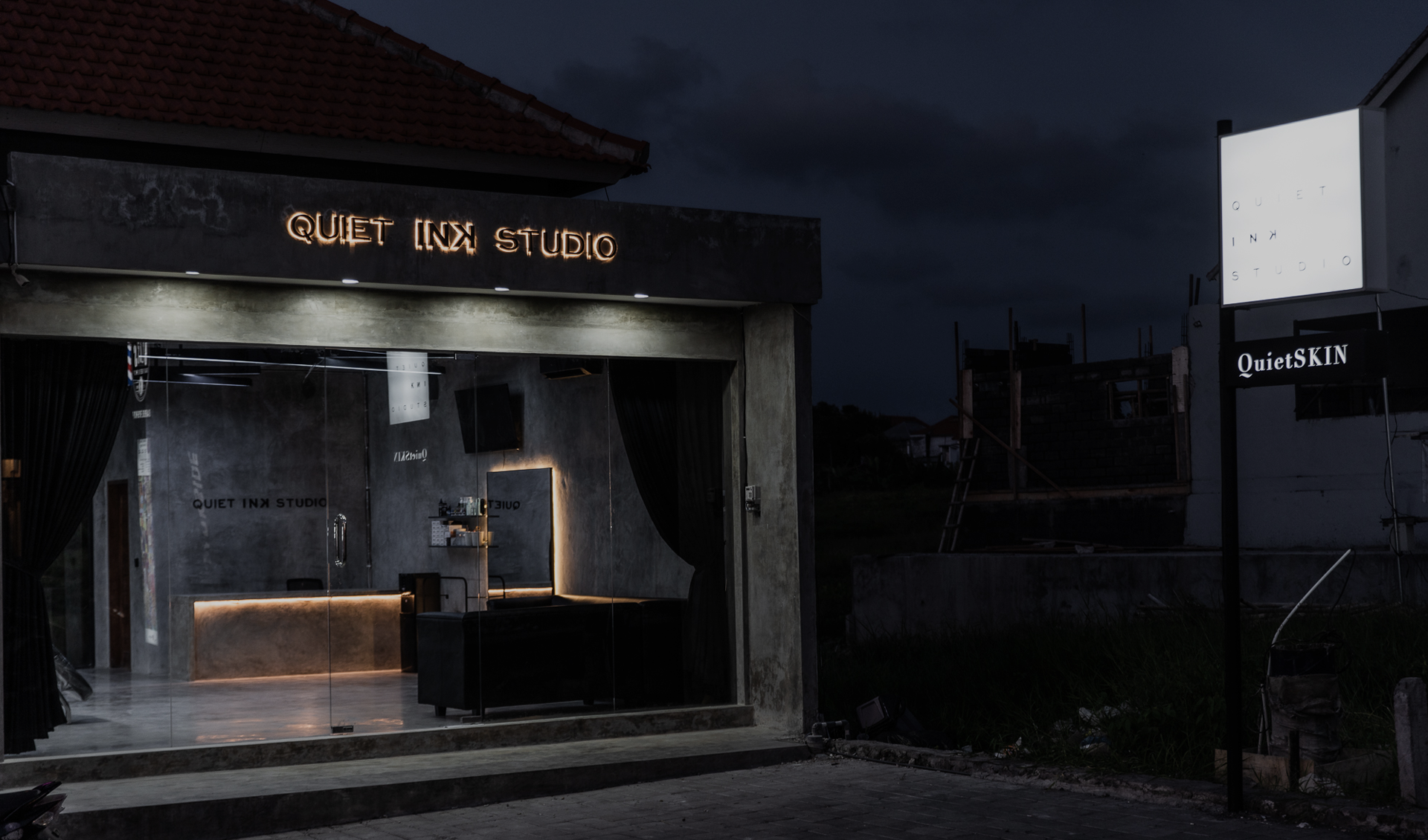Should I Wrap My Tattoo When I Sleep?
Yes you should. But only for the first night or as recommended by your tattoo artist. Wrapping your tattoo while you sleep can protect it from bacteria, friction, and accidental rubbing against bedding. However, once your tattoo begins to heal, it’s best to let it breathe.

Why Wrapping Matters After Getting a Tattoo
A new tattoo is essentially a fresh wound, and during the first few hours after getting inked, it’s particularly vulnerable to infection. Your artist will clean the area and apply a sterile wrap or medical film before you leave the studio. This layer helps protect your tattoo from airborne bacteria, dirt, and contact with clothing. Wrapping your tattoo on the first night can prevent it from sticking to sheets or collecting lint, sweat, or pet hair—all of which can irritate or infect the wound.
When You Should Wrap Your Tattoo While Sleeping
Generally, wrapping your tattoo while sleeping is only necessary for the first night or two, depending on your artist’s recommendation and how your skin reacts. Here’s what to consider:
Fresh tattoos still weep. During the first 12–24 hours, your tattoo may release small amounts of plasma, ink, and blood. Wrapping it keeps this from staining sheets and reduces the risk of bacteria entering the open skin.
Tattoo location matters. Areas like the arms, legs, or shoulders are more likely to rub against bedding. Wrapping can prevent friction that causes irritation or premature scabbing.
Bedding hygiene. Even clean sheets can harbour dust and microorganisms. A wrap provides an extra layer of protection during these critical early hours.
If you’re staying in Bali or another tropical area, the humidity can make healing skin more sensitive, so wrapping overnight can also help prevent unnecessary contact with sweat or environmental irritants.
When to Stop Wrapping
After the first night, your tattoo should begin forming a protective layer of plasma that seals the wound. At this point, it’s better to let your tattoo breathe. Oxygen helps the healing process, allowing skin cells to regenerate faster.
Instead, once you remove the wrap the next morning:
• Use lukewarm water and a gentle, fragrance-free soap to carefully wash your tattoo.
• Pat dry with a clean towel or paper towel—don’t rub.
• Apply a thin layer of aftercare cream to keep the area hydrated.
After that, avoid rewrapping unless your artist advises otherwise or you’re in an environment that could expose the tattoo to dirt or friction.
Tips for Sleeping Comfortably with a Fresh Tattoo
Whether you wrap it or not, here are some tips to help protect your tattoo while you sleep:
Wear clean, loose clothing. A soft cotton shirt or pyjamas can prevent direct contact between your tattoo and bedding.
Sleep on the opposite side. If possible, avoid lying directly on your new tattoo. Pressure and friction can damage healing skin.
Change your sheets. Use clean bedding to reduce the risk of contamination.
Keep pets off the bed. Even a friendly nudge or paw can introduce bacteria to the fresh tattoo.
Stay cool. Avoid heavy blankets that cause sweating, as excess moisture can interfere with healing.
When to Rewrap a Tattoo
In some cases, rewrapping may be recommended beyond the first night:
• If your tattoo is in a high-friction area (like your thigh or ribs).
• If your sheets aren’t completely clean or you’re travelling.
• If you notice excess weeping or light bleeding overnight.
In these cases, use a breathable medical film or cling wrap recommended by your artist—never just tape or plastic bags. Always clean and dry your tattoo before rewrapping to prevent trapping bacteria.
The Quiet Ink Studio Approach to Tattoo Aftercare
Quiet Ink Studio treats tattoo aftercare as part of the entire tattooing experience. After every session, we walk our clients through safe wrapping techniques, cleaning steps, and aftercare schedules. Our artists use professional, breathable wraps that allow air circulation while protecting your tattoo overnight.



